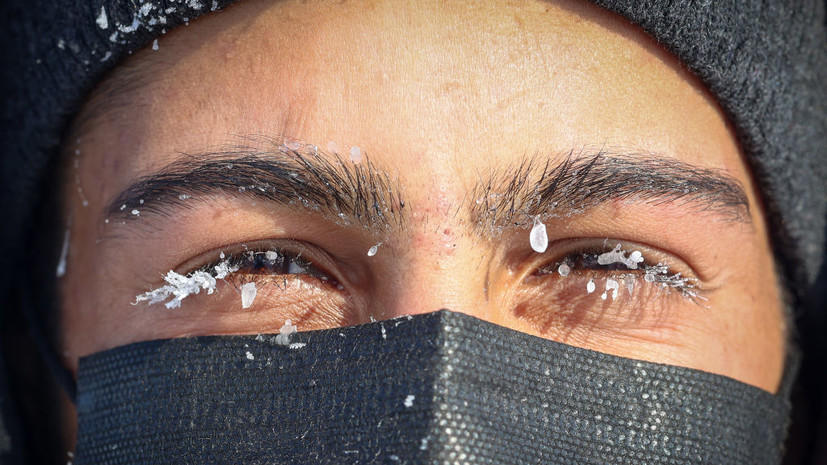Khomyakov said that the cold in the temperature range of the middle band of 0 ... -20 ° C is not harmful to the eyes.
“The blinking movements of the eyelids will not allow the eyeball to freeze.
Frostbite of the eye is extremely rare.
Negative temperatures, as well as exposure to wind, can cause spasm of the mouths of the lacrimal ducts, swelling of the nasal mucosa in the area of the mouth of the nasolacrimal canal, which leads to tearing in the street.
This is a normal physiological reaction,” he warned.
According to the specialist, temperatures of -50...-60 °C, which are observed in the Oymyakon region, combined with wind and snowstorms, can really cause frostbite of the eyelids, cornea and conjunctiva.
In addition, the head physician of INVITRO-Moscow recalled that the tone of the eyelids decreases in older people, age-associated degenerative diseases of the lacrimal apparatus, conjunctiva, and eyelids develop, therefore, lacrimation and lacrimation develop more often in the wind and in the cold.
“There is no need to use special protective equipment in the middle lane.
In the conditions of the cold poles of the Earth, it is necessary to use special protective goggles.
In addition, if we are talking about the impact of winter cold outside during the day, you should protect your eyes from ultraviolet radiation with goggles, since snow reflects the sun's rays, which can cause photodamage to the eyes, ”explained the expert.
Earlier, the ophthalmologist Aznauryan advised to regularly check the eyesight of children.

